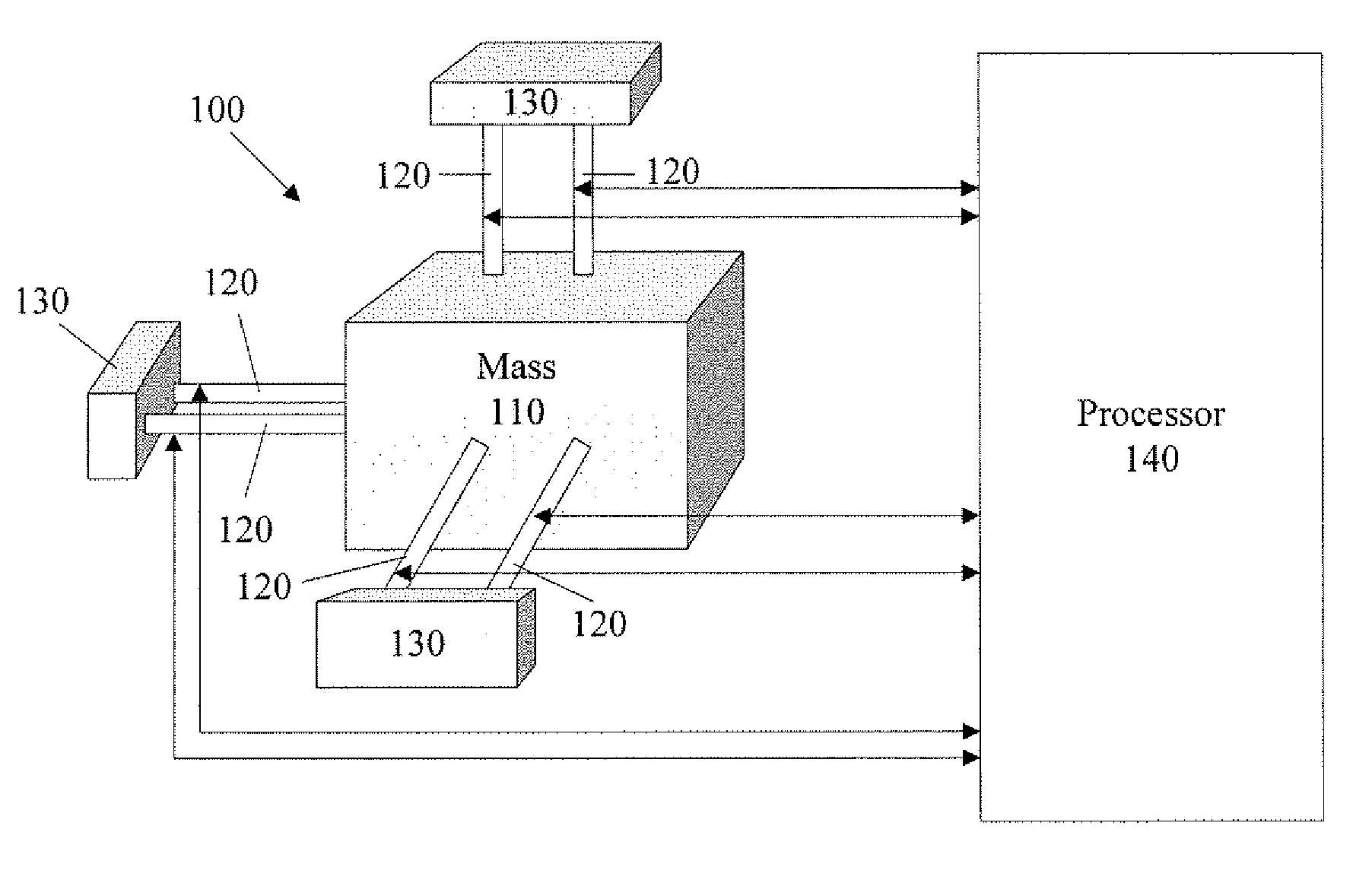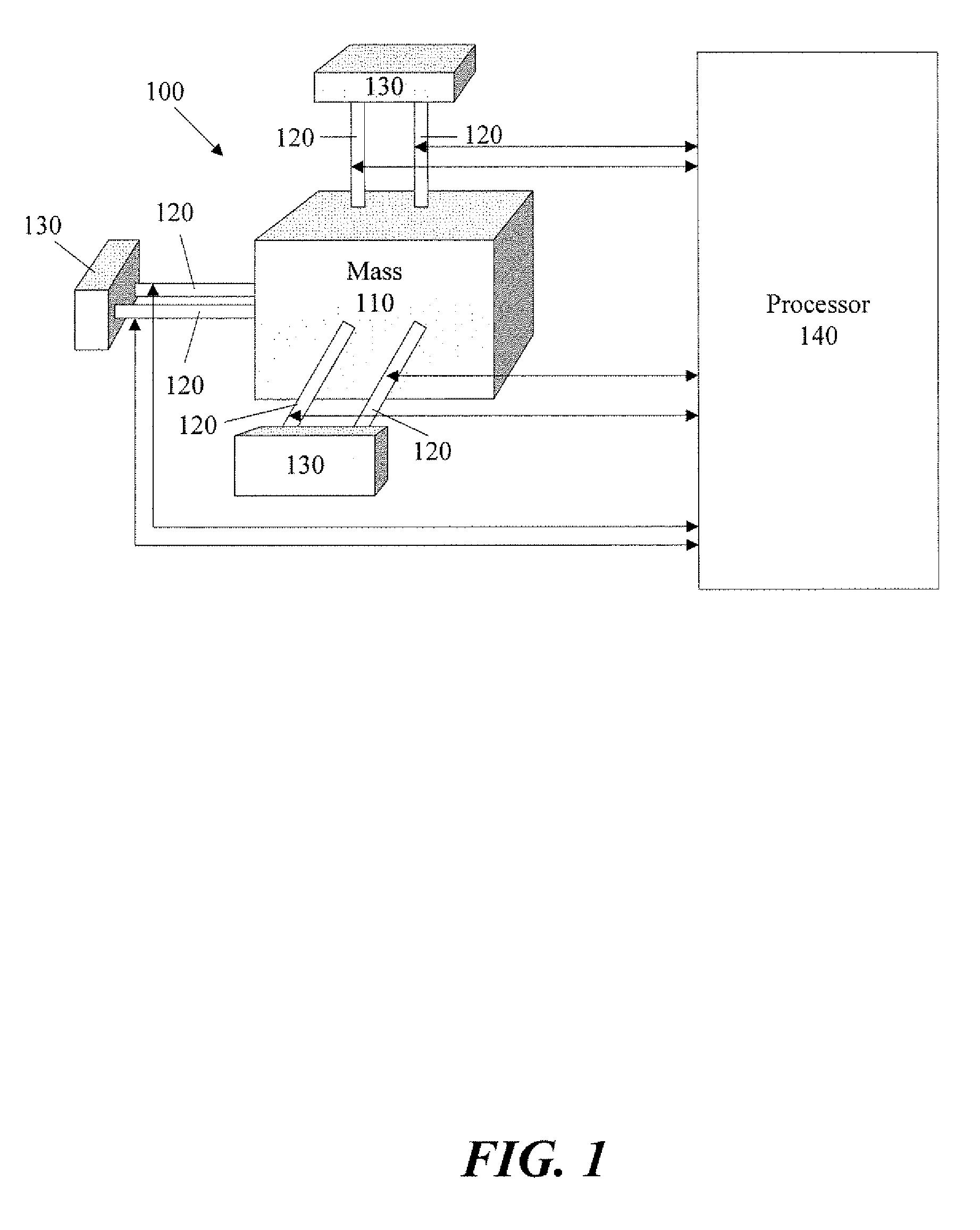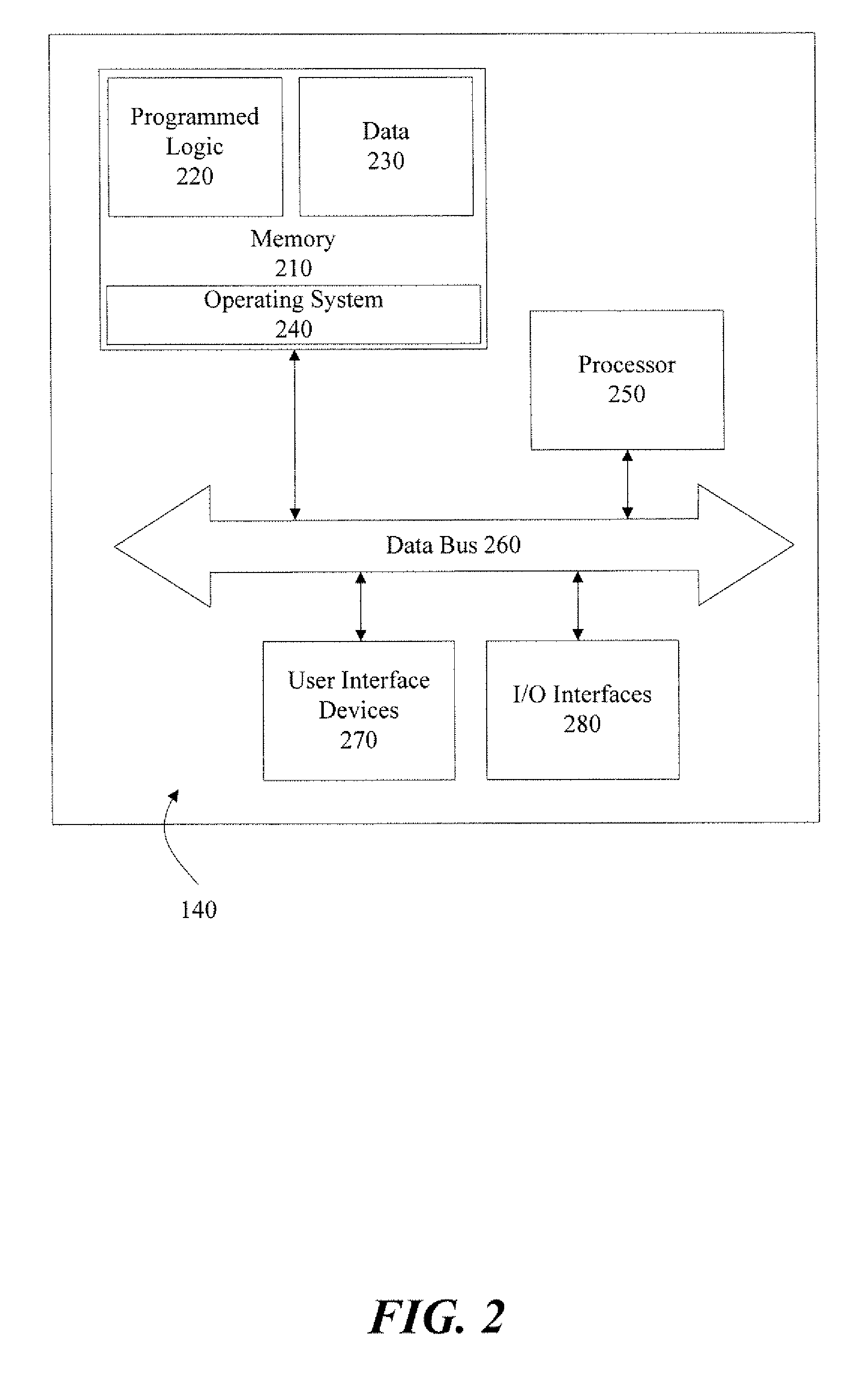Systems and Methods for Calibrating Triaxial Accelerometers
a triaxial accelerometer and calibration system technology, applied in the field of accelerometers, can solve the problems of inexact orientation, inaccuracy, and inability to produce the most accurate outputs averaging these individually-calibrated outputs, and achieve the effect of optimizing the calibration constan
- Summary
- Abstract
- Description
- Claims
- Application Information
AI Technical Summary
Benefits of technology
Problems solved by technology
Method used
Image
Examples
Embodiment Construction
[0016]As used herein, the term “optimization” refers to the process of mathematical optimization, whereby the solution of at least one equation or at least one function (in some examples referred to as an objective function, as further described below) may be systematically solved in an effort to minimize or maximize (also referred to as “optimize”) the output of the equation or function. An “optimization” may be performed systematically or iteratively to solve for values of variables in the equation or function. It is appreciated that the term “optimization” is not intended to be limited to derive an absolute maximum solution or an absolute minimum solution, but may refer to the mathematical process of moving toward acceptable results. It is further appreciated that the term “optimum” refers to a condition, resulting from a mathematical optimization that meets system requirements. More specifically, for example, an “optimum” set of calibration constants (as further described below)...
PUM
 Login to View More
Login to View More Abstract
Description
Claims
Application Information
 Login to View More
Login to View More - R&D
- Intellectual Property
- Life Sciences
- Materials
- Tech Scout
- Unparalleled Data Quality
- Higher Quality Content
- 60% Fewer Hallucinations
Browse by: Latest US Patents, China's latest patents, Technical Efficacy Thesaurus, Application Domain, Technology Topic, Popular Technical Reports.
© 2025 PatSnap. All rights reserved.Legal|Privacy policy|Modern Slavery Act Transparency Statement|Sitemap|About US| Contact US: help@patsnap.com



